Freaky visuals and pixel-perfect metroidvania gameplay make the second outing of The Penitent One a cult classic in the making
It would be heretical to think otherwise
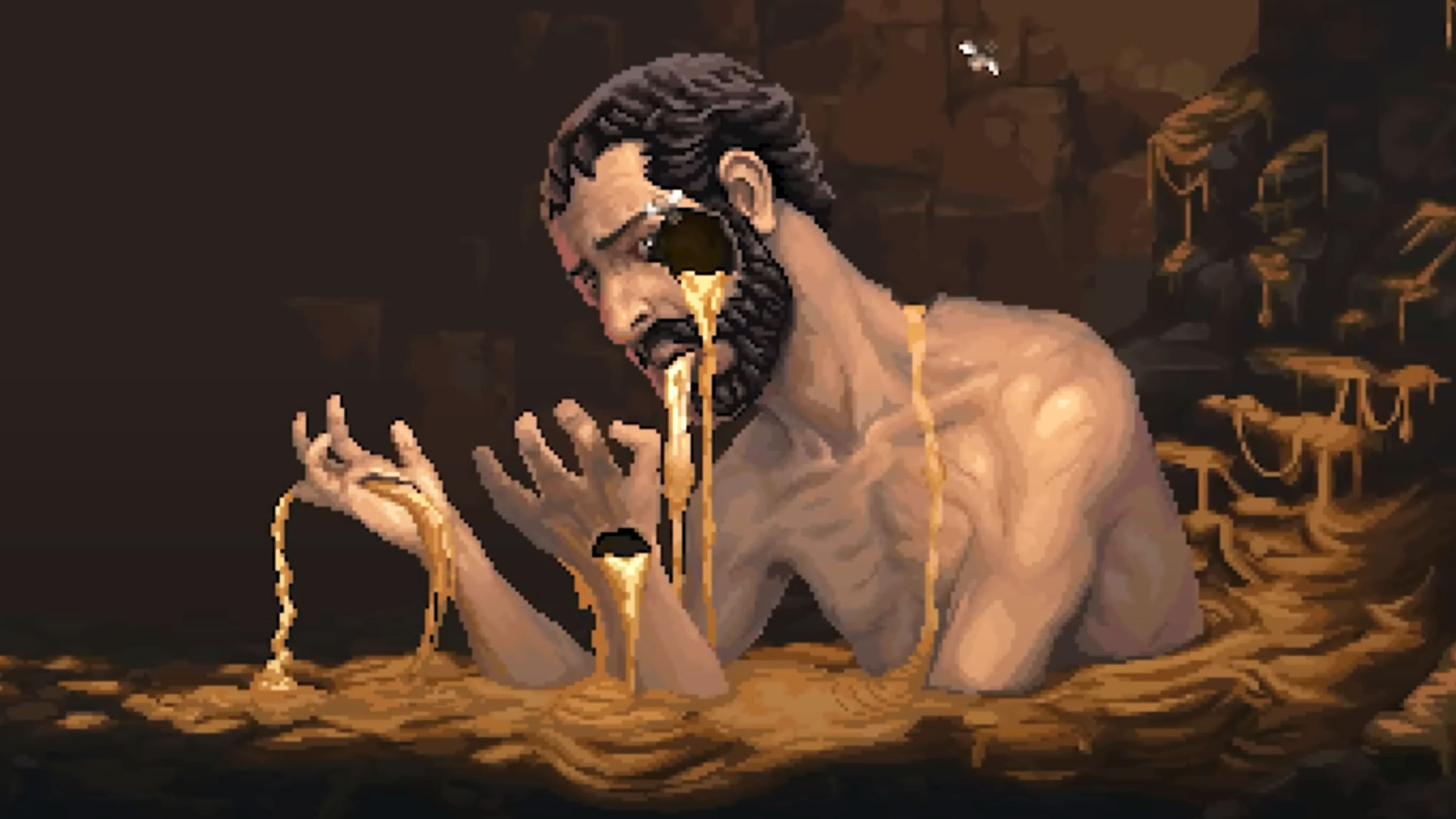
I missed the original Blasphemous when it was released back in 2019, but after catching up on its good-not-great score of 70% in PC Gamer's authoritative Blasphemous review, my interest was piqued for a hands-on gameplay preview of Blasphemous 2 at a recent Team 17 press event.
But, before we get to my takeaway from that preview session, I suggest you watch the recently released gameplay trailer, which communicates Blasphemous 2's distinctive vibe and art style, which is something else.
So... yeah. Blasphemous 2 is a metroidvania with a very distinctive Spanish Catholic apocalypse thang going on. You play The Penitent One, who needs to do penance for something (the exact nature of which is TBC), and you do that by gutting a series of nightmarish adversaries joining you in this distinctive hellscape and aren't too pleased to see you.
I played about 40 minutes of Blasphemous 2, so nowhere near enough to make any sort of definitive judgment, but plenty enough to discern that its developer, The Game Kitchen, who interestingly enough is based in Seville, Spain, appears to be onto something here vis-à-vis making a potential cult classic gaming experience.
Blasphemous 2 piques the interest for two main reasons: its visual and tonal feel, as well as its metroidvania play mechanics, the latter of which I can confidently say after my play session is very tight, with a typical for the genre gameplay loop.
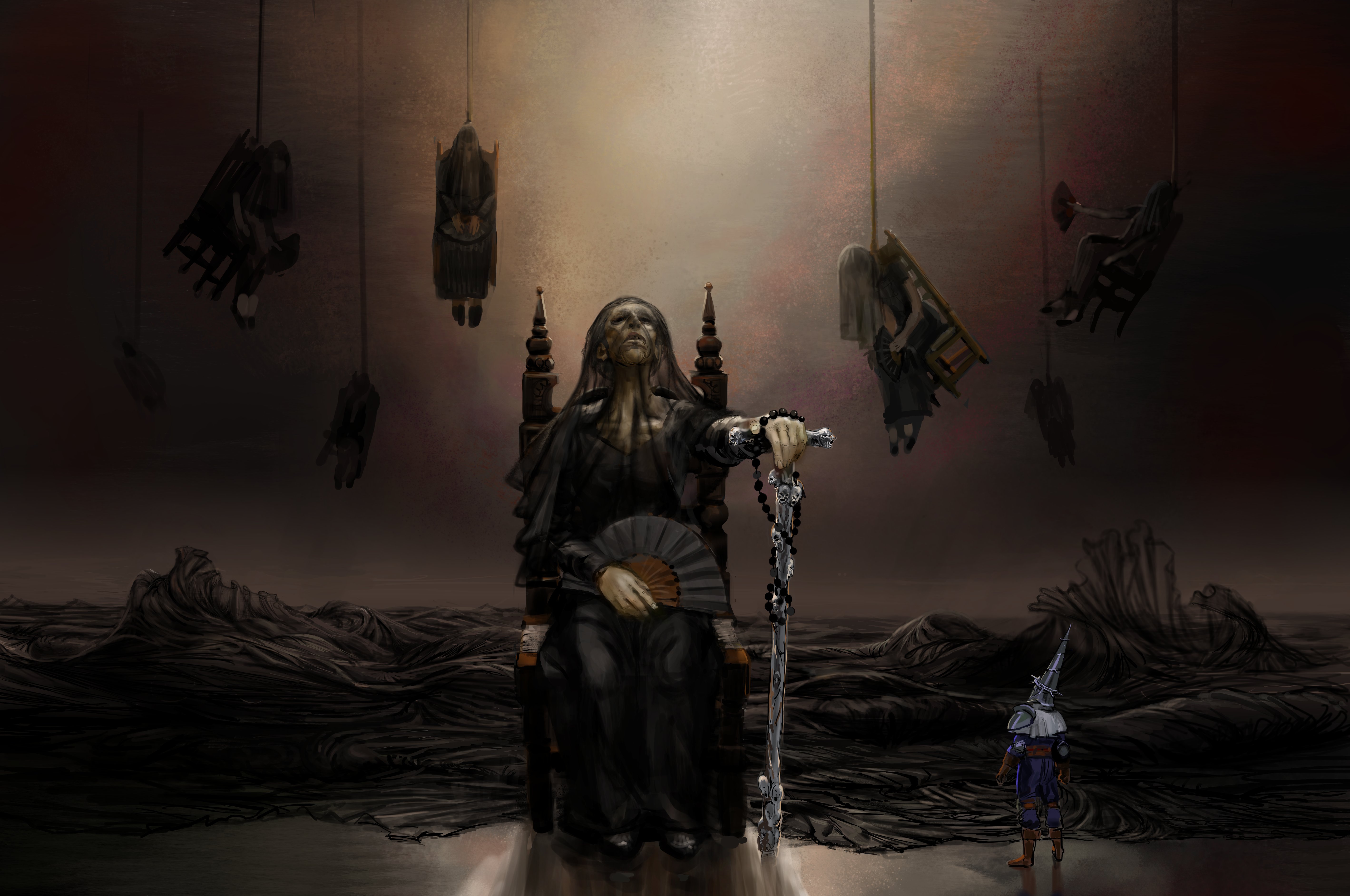
A damned good gameplay loop
You've got a main attack, dodge, jump, and block mechanics, as well as the ability to equip and make use of special powers. You hit hard but so do your enemies, and progress is checkpointed by shrines that you kneel at. When you die you're sent back to the last checkpoint.
You'll come up across barriers to progress that, yes, you guessed it, can only be overcome when you've unlocked a certain power, or earned a specific object, often routing you through the game in specific patterns.
The biggest gaming news, reviews and hardware deals
Keep up to date with the most important stories and the best deals, as picked by the PC Gamer team.
Typical enemies are individually mulched easily, but when things get busy the challenge escalates, with crowd control being important. Sub-bosses and bosses tend to hit very hard, taking the player out with just a few hits.
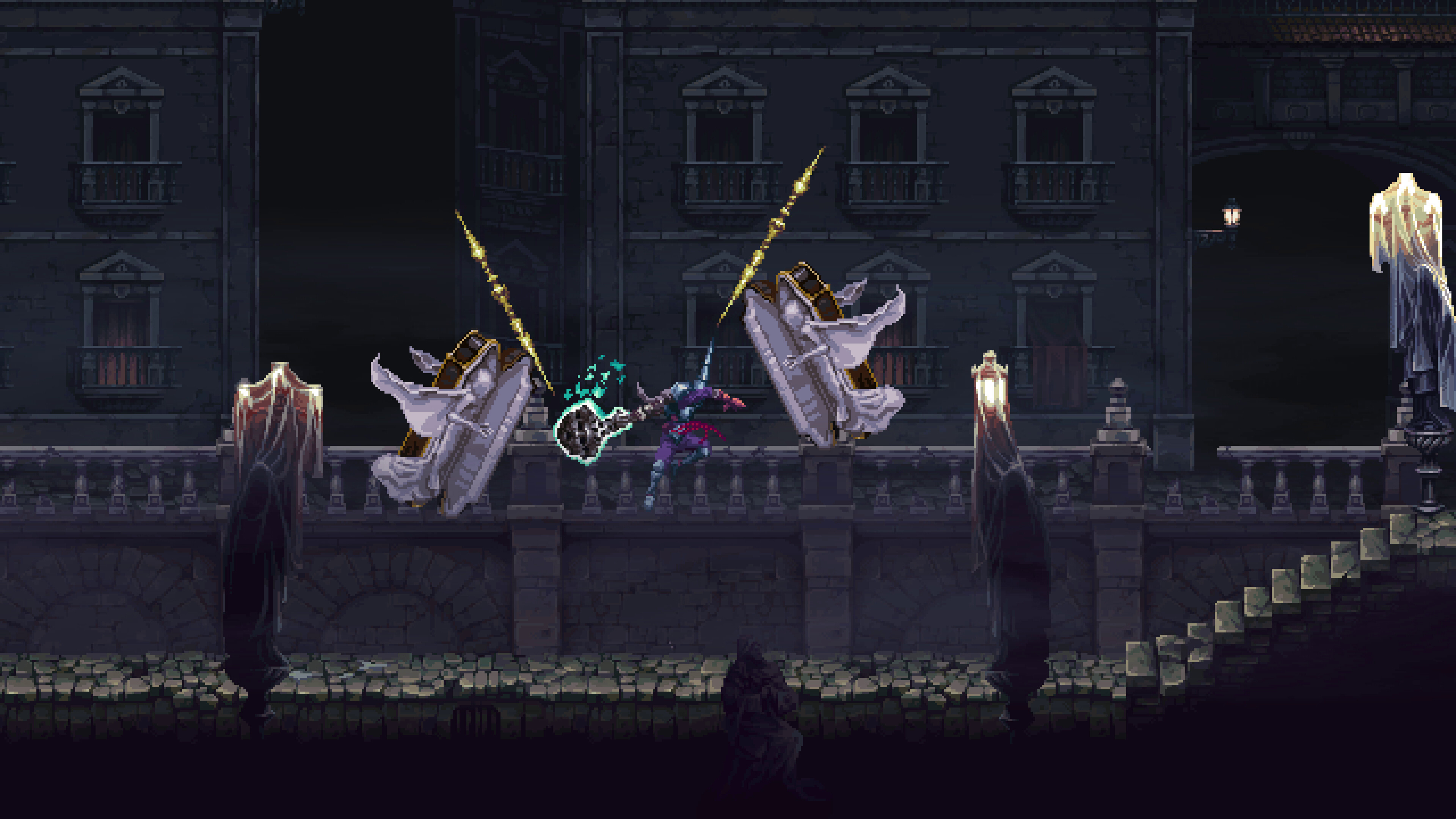
So, yeah, as per a classic metroidvania game you've got to get good fast if you're going to progress, which Blasphemous 2 does communicate well in its opening. This is not a platformer you can fudge or button-mash your way through.
You select from one of three weapons at the start of the game, which vary in speed and damage, again which is fairly typical for the genre. These different weapons obviously will add replayability though, and certain sections of the game can only be accessed with a specific weapon I am told.
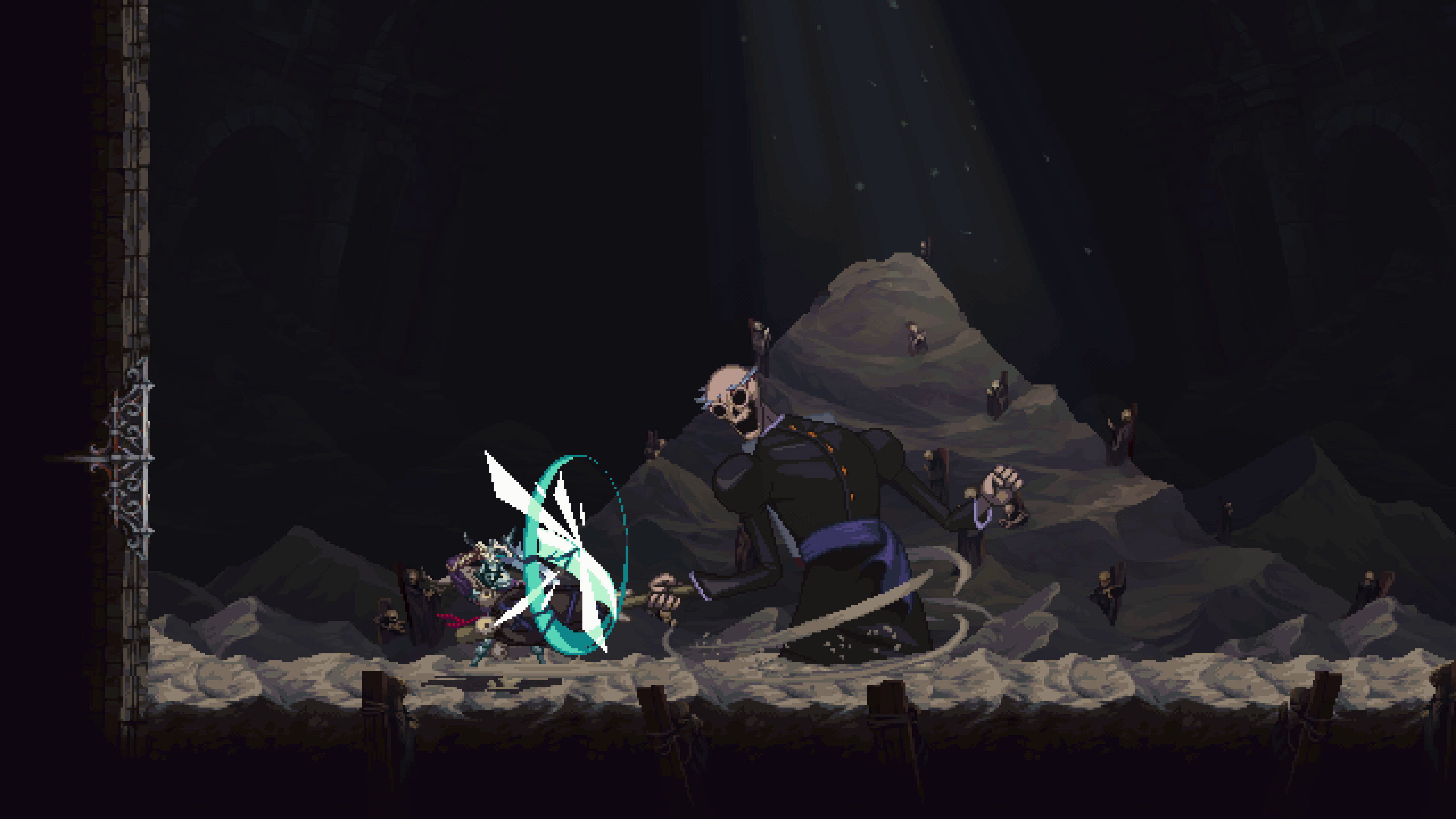
Did I die in my 40-minute play session? Yes, absolutely, but not as much as I thought I would. In fact, I was soon carving through The Penitent One's adversaries like a pro, as well as navigating its levels like a ninja. There's always an element of trial and error to metroidvanias, but my impression was that this was at least a fair one, with my few deaths not feeling cheap.
I'm far from a hardcore metroidvania fanatic, and I felt that I would not face an insurmountable barrier to completing this game. As for fanatics and speedrunning pros, I think they'll quickly warm to the tightness of the gameplay and controls on offer. I'm fully expecting speed runs of this game at GDQ.
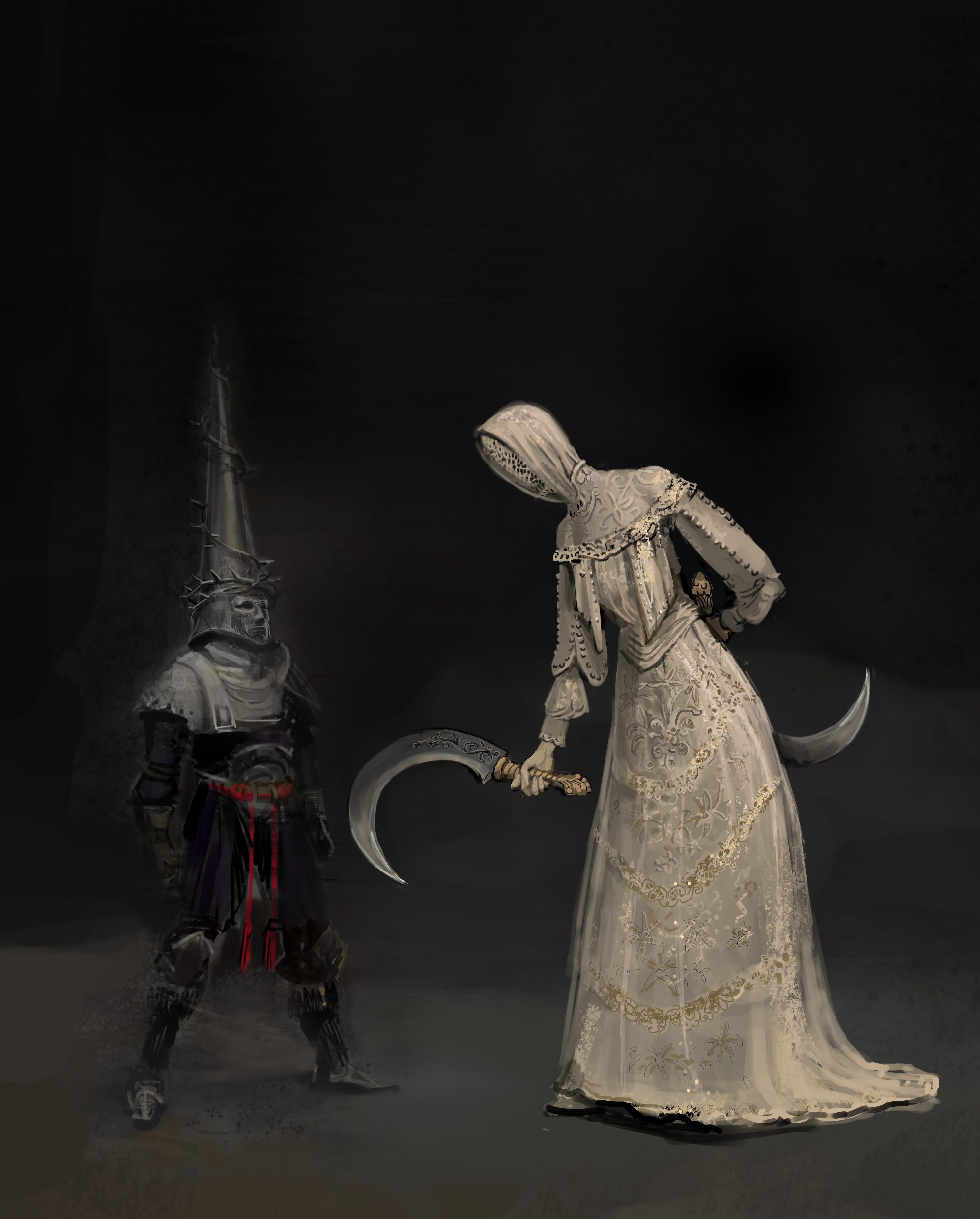
Hellishly punchy visuals
Then there's Blasphemous 2's aesthetic and overall tonal vibe, which is a very distinctive Spanish Catholic apocalypse meets Terry Gilliam thing. At no point during my gameplay session was I not, almost oppressively, assaulted by some sort of often corrupted Christian iconography or imagery, which The Game Kitchen has clearly had plenty of fun with when it comes round to designing levels, characters, and specifically bosses.
Indeed, right from the off, the game starts with The Penitent One rising from a grave positioned at the bottom of a scene taken right out of the Dante's Inferno. Specifically the Gates of Hell depiction from it by famous French sculptor Auguste Rodin, with the coffin flanked with damned souls writing in pain and reaching up toward the heavens from their places among the flames.
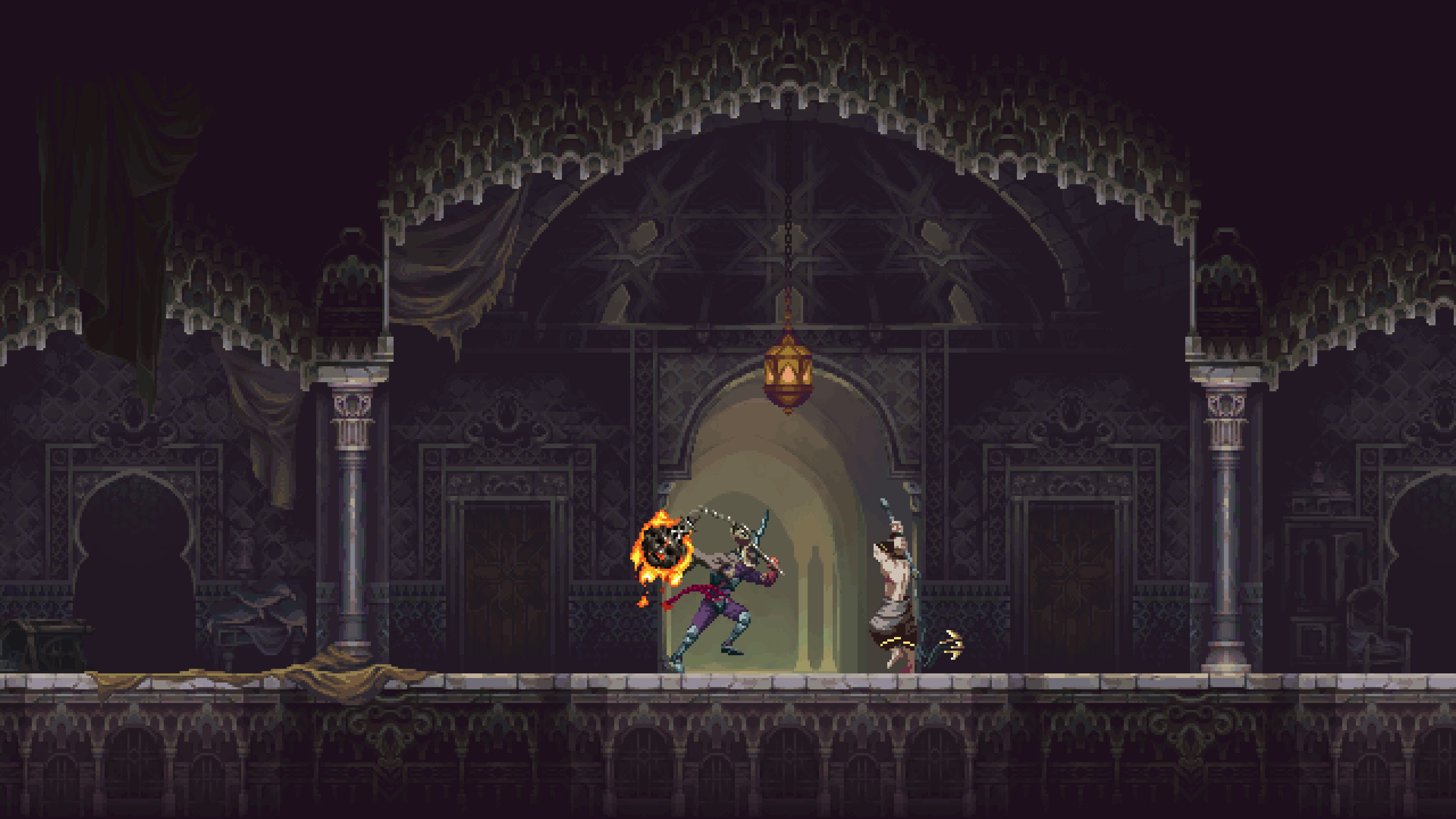
Crucially, though, there's that Gilliam-esque cartoony element, which punctures the visual misery in a way that imbues Blasphemous 2's visuals with real character. It leads to an almost Disney's Aladdin on SNES-style experience, the world around you often looks based on the game's own gritty reality, but then it is punctuated by, say, a flying reliquary, or an urn with wings.
There's almost a Parodius-level of corruption and exaggeration about Blasphemous 2's hand-drawn art style, which lurches between the horrific and gothically Catholic, to the borderline comic and cartoony. It's a potent visual mix.
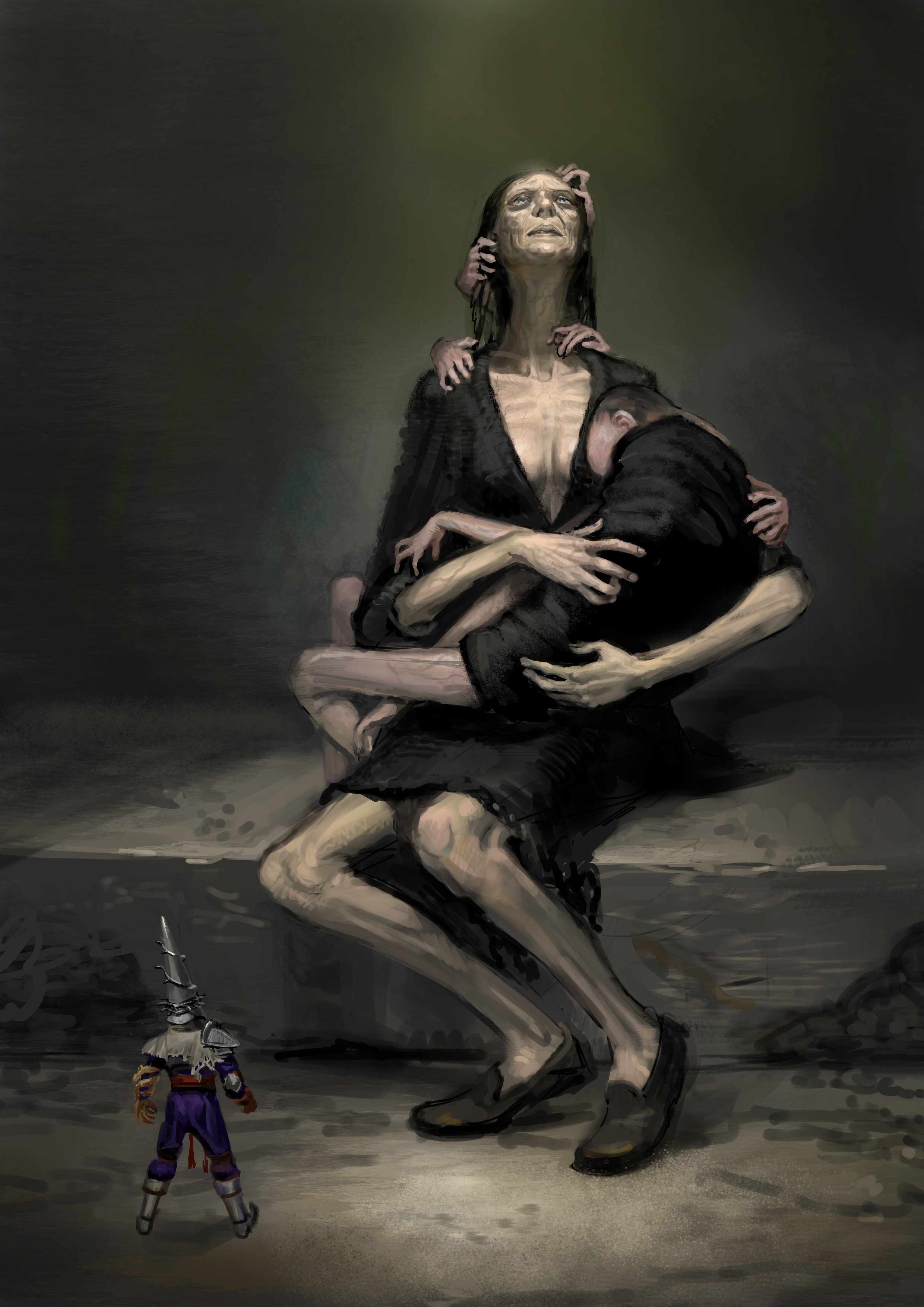
Overall, then, what I can definitively say is that it plays tight and the visuals and tone are very unique. Here's hoping, then, that it can build on the original to deliver the cult classic it feels to me that it could easily end up being.
Rob is editor of PC Gamer magazine and has been PC gaming since the early 1990s, an experience that has left him with a life-long passion for first person shooters, isometric RPGs and point and click adventures. Professionally Rob has written about games, gaming hardware and consumer technology for almost twenty years, and before joining the PC Gamer team was deputy editor of T3.com, where he oversaw the website's gaming and tech content as well its news and ecommerce teams. You can also find Rob's words in a series of other gaming magazines and books such as Future Publishing's own Retro Gamer magazine and numerous titles from Bitmap Books. In addition, he is the author of Super Red Green Blue, a semi-autobiographical novel about games and gaming culture. Recreationally, Rob loves motorbikes, skiing and snowboarding, as well as team sports such as football and cricket.

